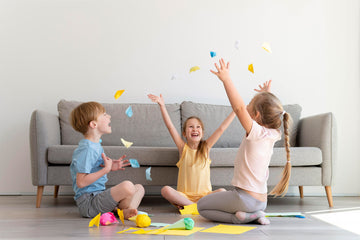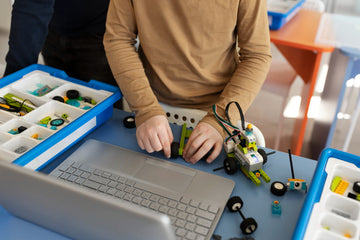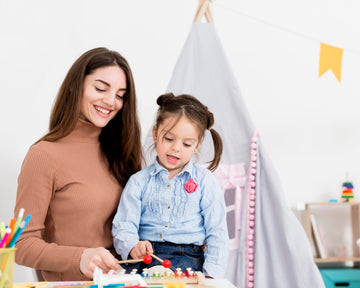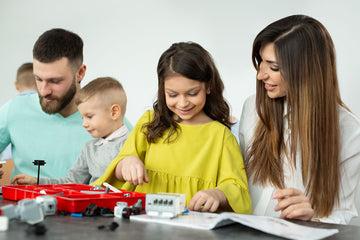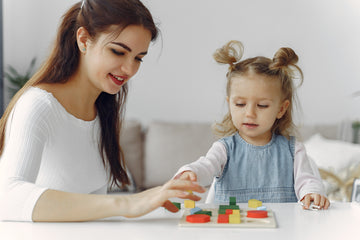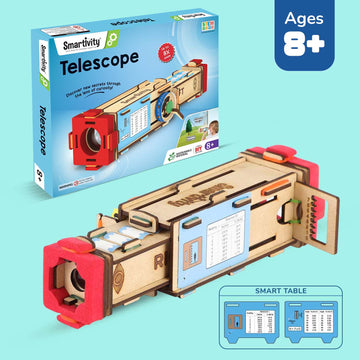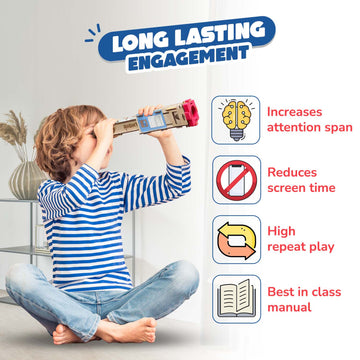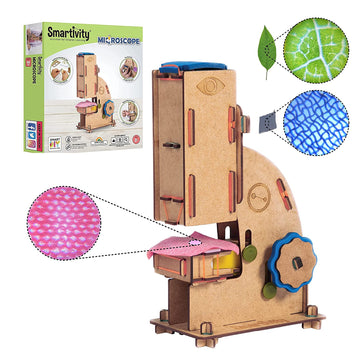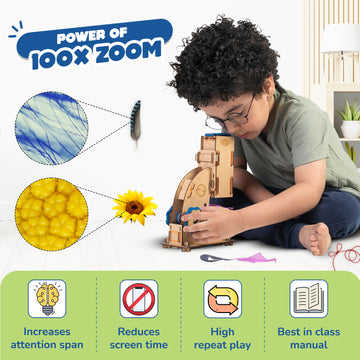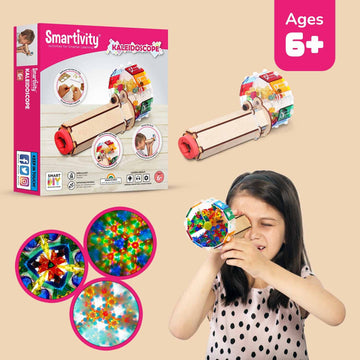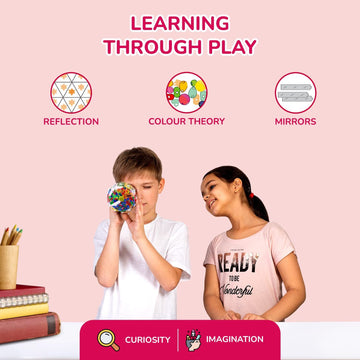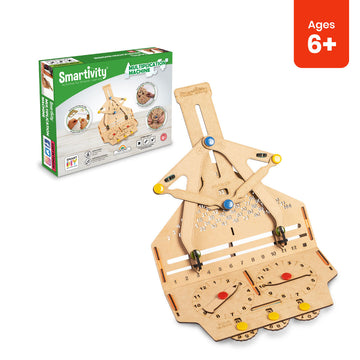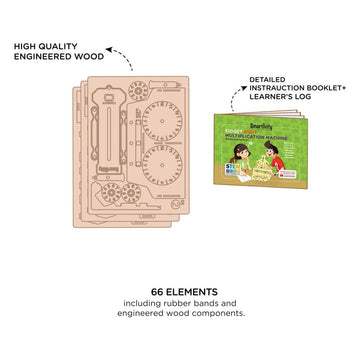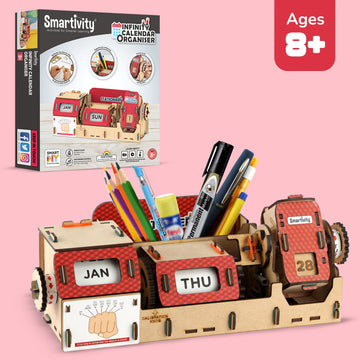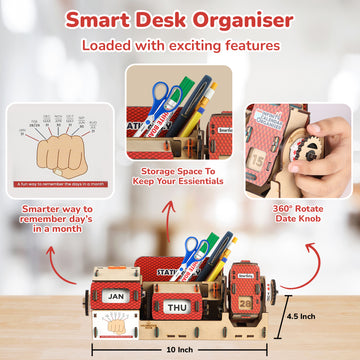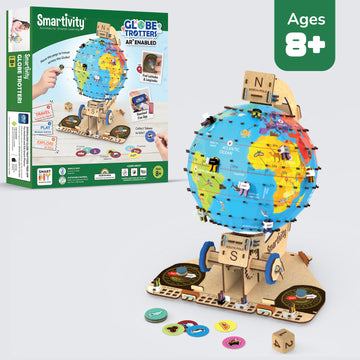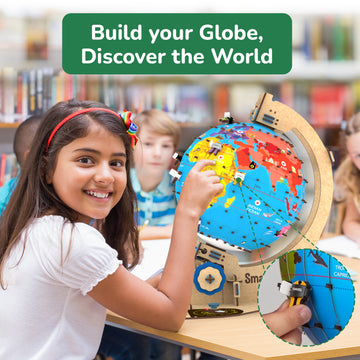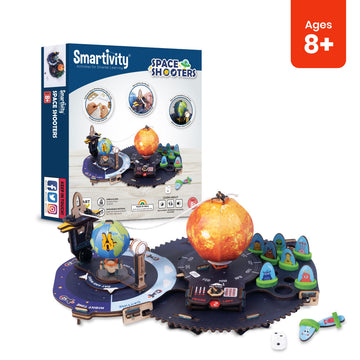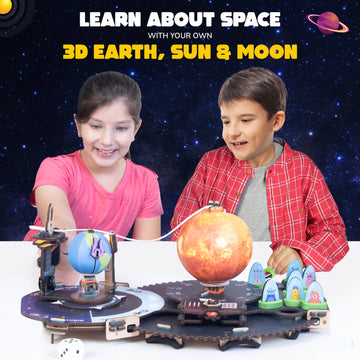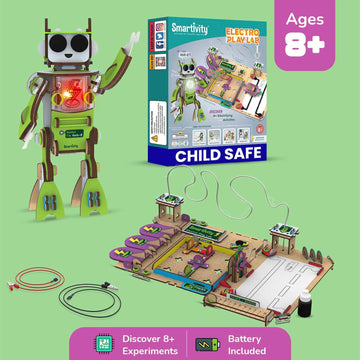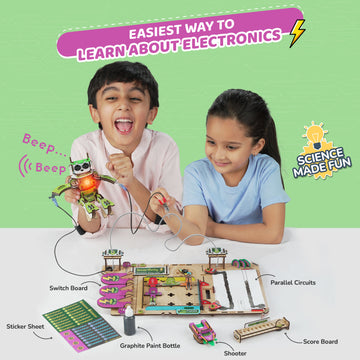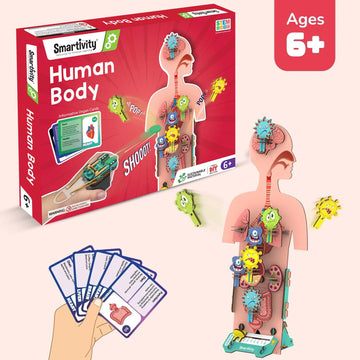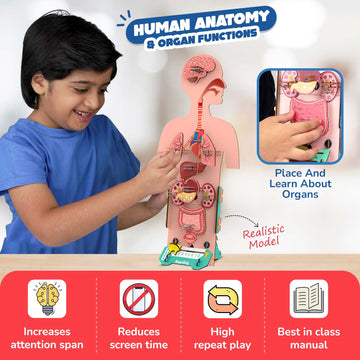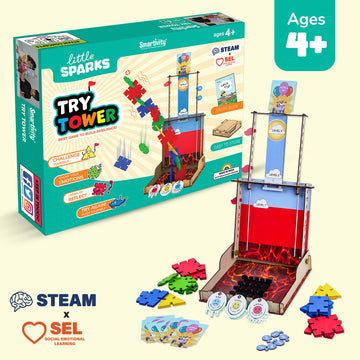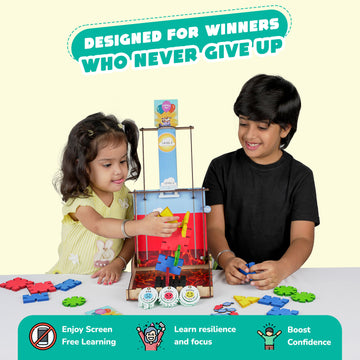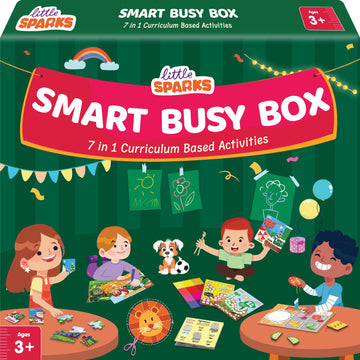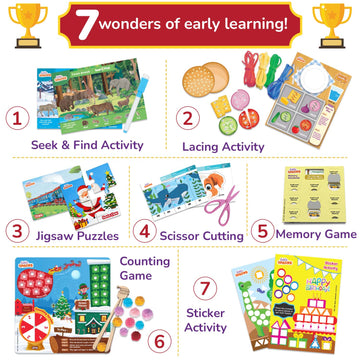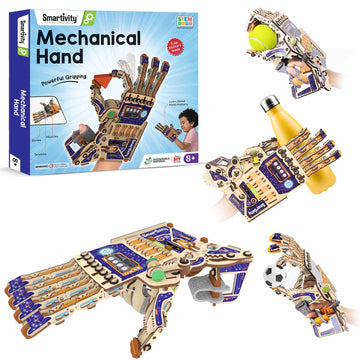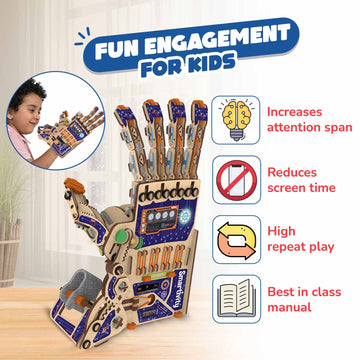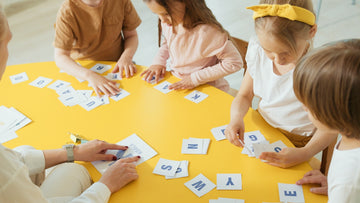
Introducing your kids to STEM toys is an excellent way to introduce them with the concepts of science, engineering, and maths. Not only do kids enjoy learning while playing but these toys are also safe for the environment and kids alike. Unlike wooden toys, these learning toys are less prone to breaking or harming kids accidentally. Infact, STEM toys let you avoid all the negatives that plastic toys bring to the yard, which are many, by the way. But there is more to STEM toys than just that. In a child’s formative years, there is a lot that a STEM toy can add to brain development in the right direction. They kindle curiosity and engage a child in a healthy way. With creativity at its core, these toys allow a child’s imagination to prosper and enable them to paint the world in their own choice of colours.
Are you left wondering how STEM toys do all of that?
Read the following interesting facts about a child’s brain, that will help you take some parenting tips as well:

1. There are many cells in a child’s brain that are not connected with each other until at a later stage. However, a majority of the wiring in the brain is performed by the age of five.
TIP: At a tender age, without pressurizing kids with theoretical knowledge, it is good to introduce them to learning toys, for their brain development.

2. Nerve cell connections in the brain of a 2 or 3 year child are almost double the number of connections available within an adult.
TIP:The most crucial piece of information here is that the way your child receives his learnings from you determines which cell connection will develop at this stage and which of them would no longer function.

3. Based on the repetitive sensory experiences, the brain establishes connection of the words with experiences/objects.
TIP: Learning and enhancing the language portion of the brain is to instill communication skills in kids.
4. The first week of birth is followed by the child experiencing loneliness, hunger, fatigue, and discomfort.
TIP: At this point in time, learning toys nurture the baby’s brain by keeping them engaged and igniting their mind.
5. In his initial years, the child will borrow his expressions and feelings from his environment. The facial expressions of the ones around him, especially his parents, trigger the emotional expression in the child too.
TIP: If you are happy, your child will imitate happiness; if you are frowning, your child will imitate anger.
6. The brain is the fastest growing organ in the first three years of a child’s growth. Cerebellum, the part of the brain that controls movement, is situated at the back of the brain and is considered to be the fastest of all brain structures to develop in a child.
TIP: Learnings and adaptations taken at this stage remains with the kid for the rest of their life.
7. Children cry when they are left alone by their parents/family. Usually these signs are seen after 9 months, which means it takes them about 9 months to develop a clear memory of people around them.
TIP: More of such memory-related games can be introduced to them, to make their memory develop faster.
8. The initial experiences may not be remembered by a child in the long run. But these experiences play a massive role in positive development of the brain, attitude, and temperament.
TIP: It is the right time to inculcate good food habits, right sleeping and other disciplinary habits in kids.
9. Children are curious by birth and are always trying to observe and understand how their actions change or affect people around them.
TIP: Give them constructive learning toys or play mind-engaging games with them to kindle their curiosities.
10. A child seeks opportunities to think and solve problems while playing. Whether is playing with pots and pans, cups and spoons, robots, blocks, or remotes, his brain is constantly learning from banging, dropping, and putting things back together. From stacking things up to clinking them together to hear the sound, it’s how the child starts defining the world around him.
kids learning toys hence play a huge role in child development. The knowledge gained by a child during play is what helps him construct frameworks to make sense of all the things around him. Which is why, experts recommend STEM toys instead of flashy plastic toys as the right toy can really be a strong representation and an interesting way to child development and to boost their motor skills.
While playing with blocks or building a toy, your kid is actually engaging in a highly rational process of making decisions, analysing data, and evaluating his existing beliefs amidst the presence of strong and real evidence. Hence, play is extremely important. A kid learns from their surroundings, their toys, and from the way they are encourage while palying. It is hence important for the parents to design perfect playtime scenarios for the child every day and try to create a highly interactive space that exposes them to a multitude of actions, thoughts, and equally constructive reactions and motivating feedback.


